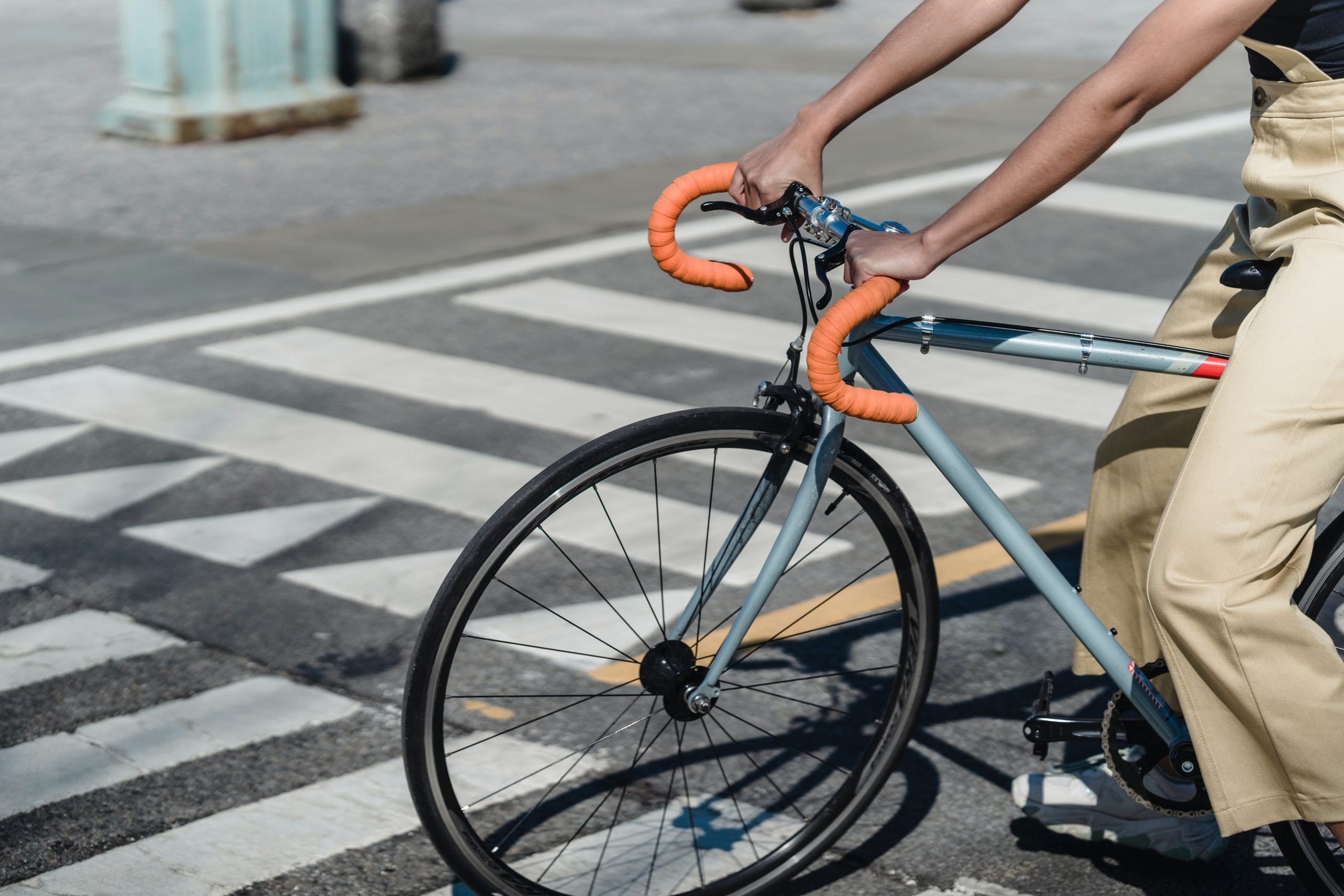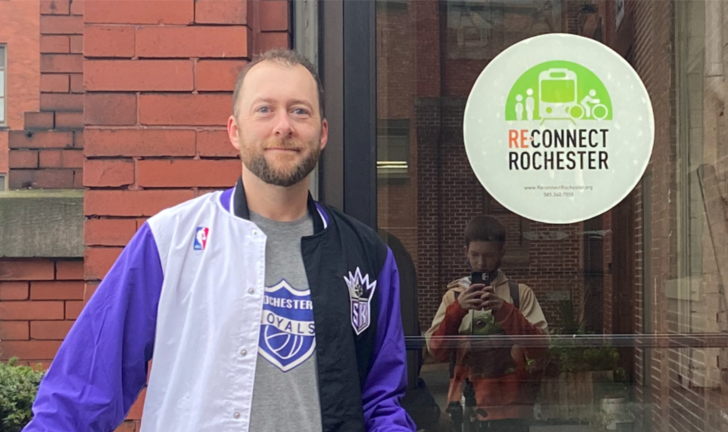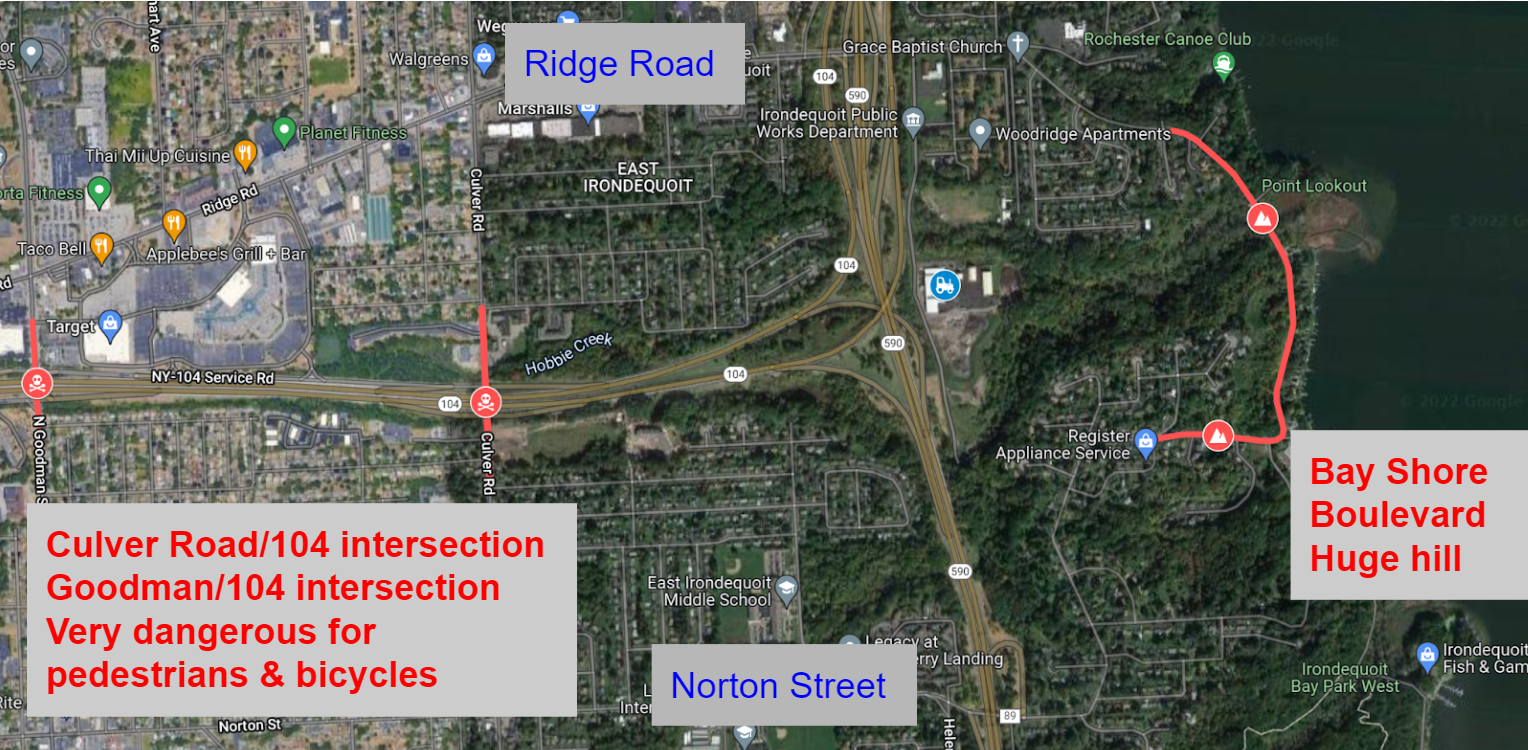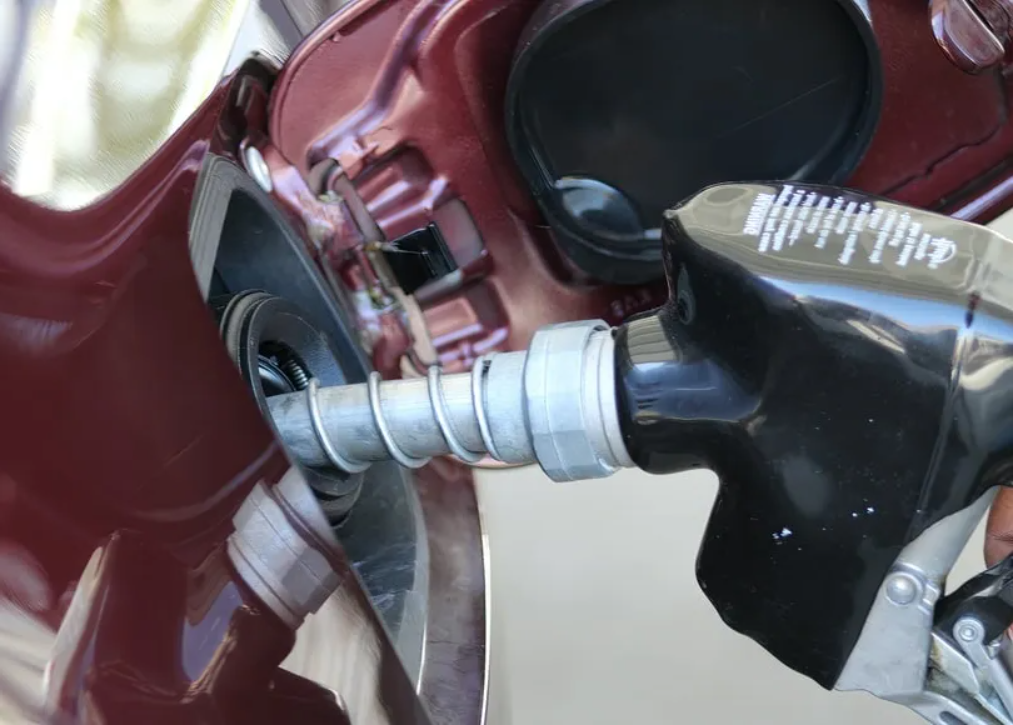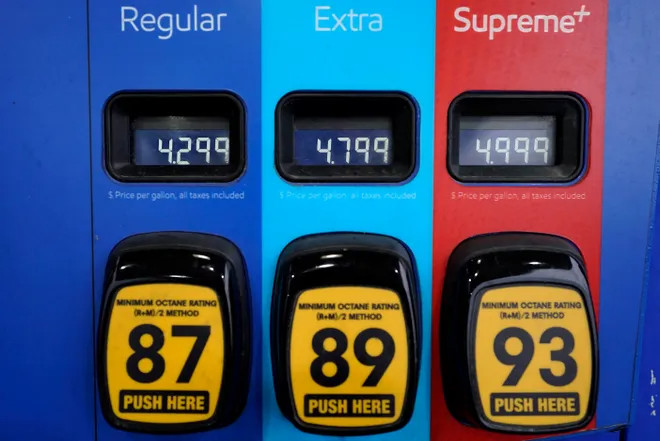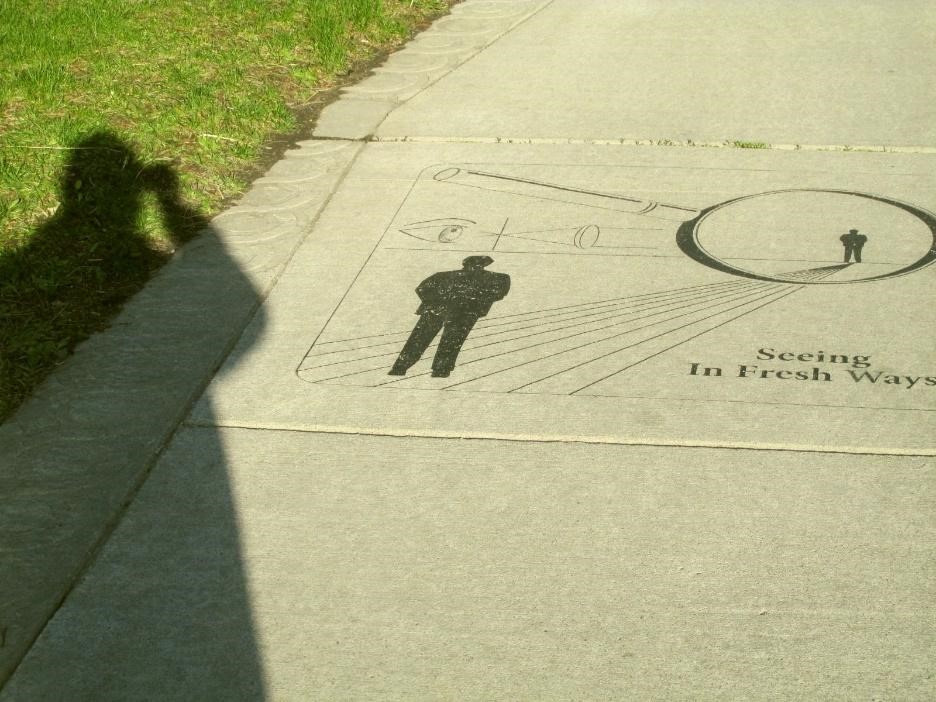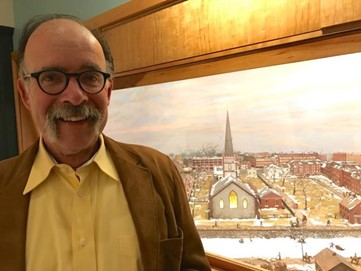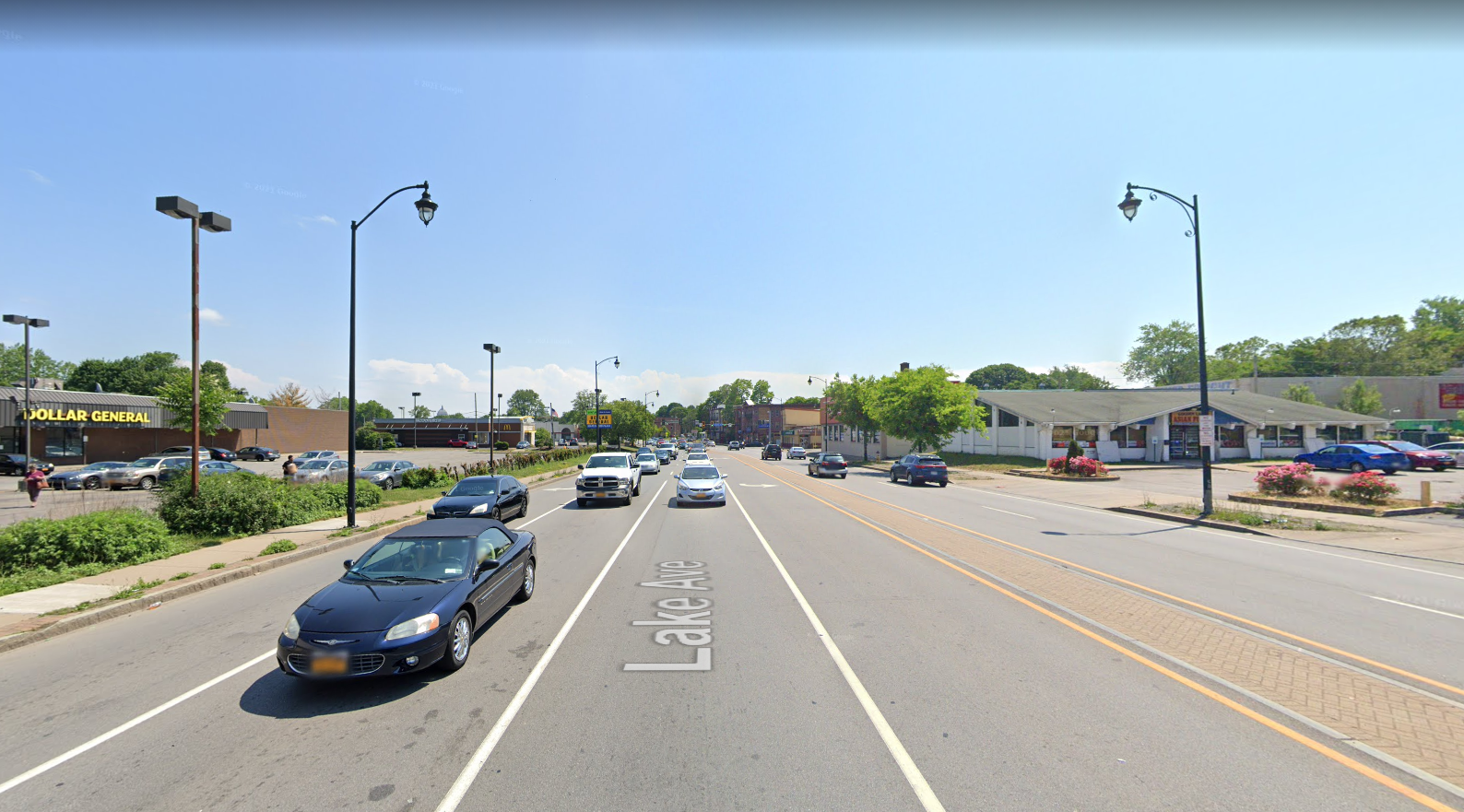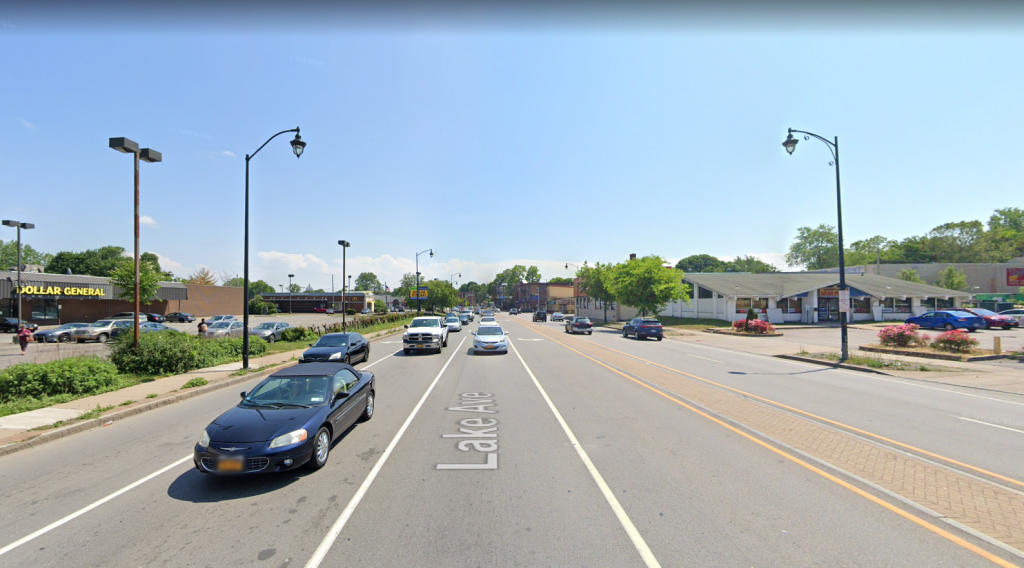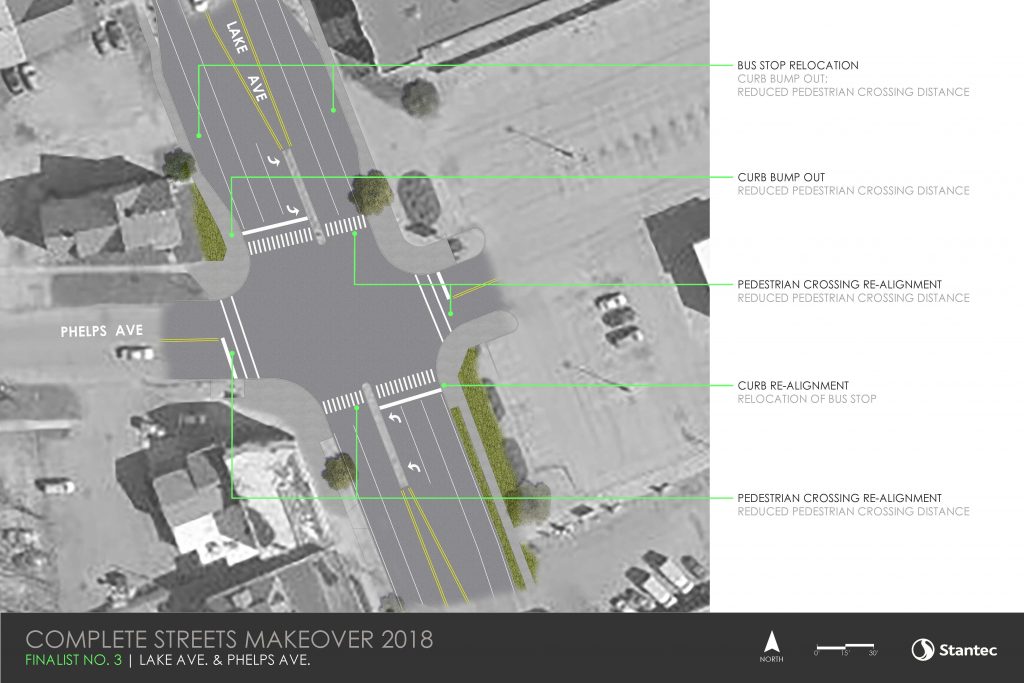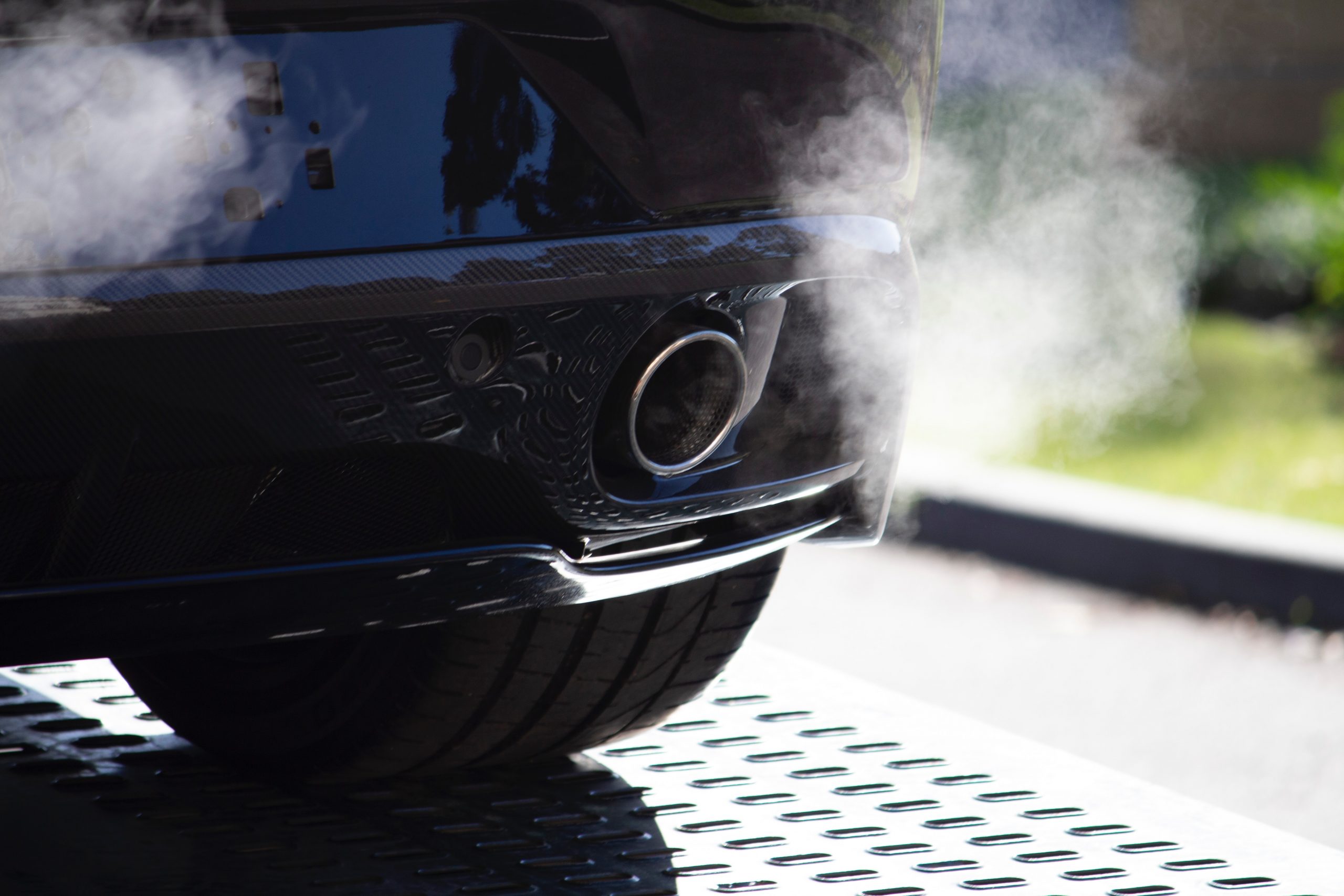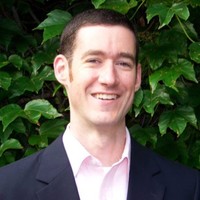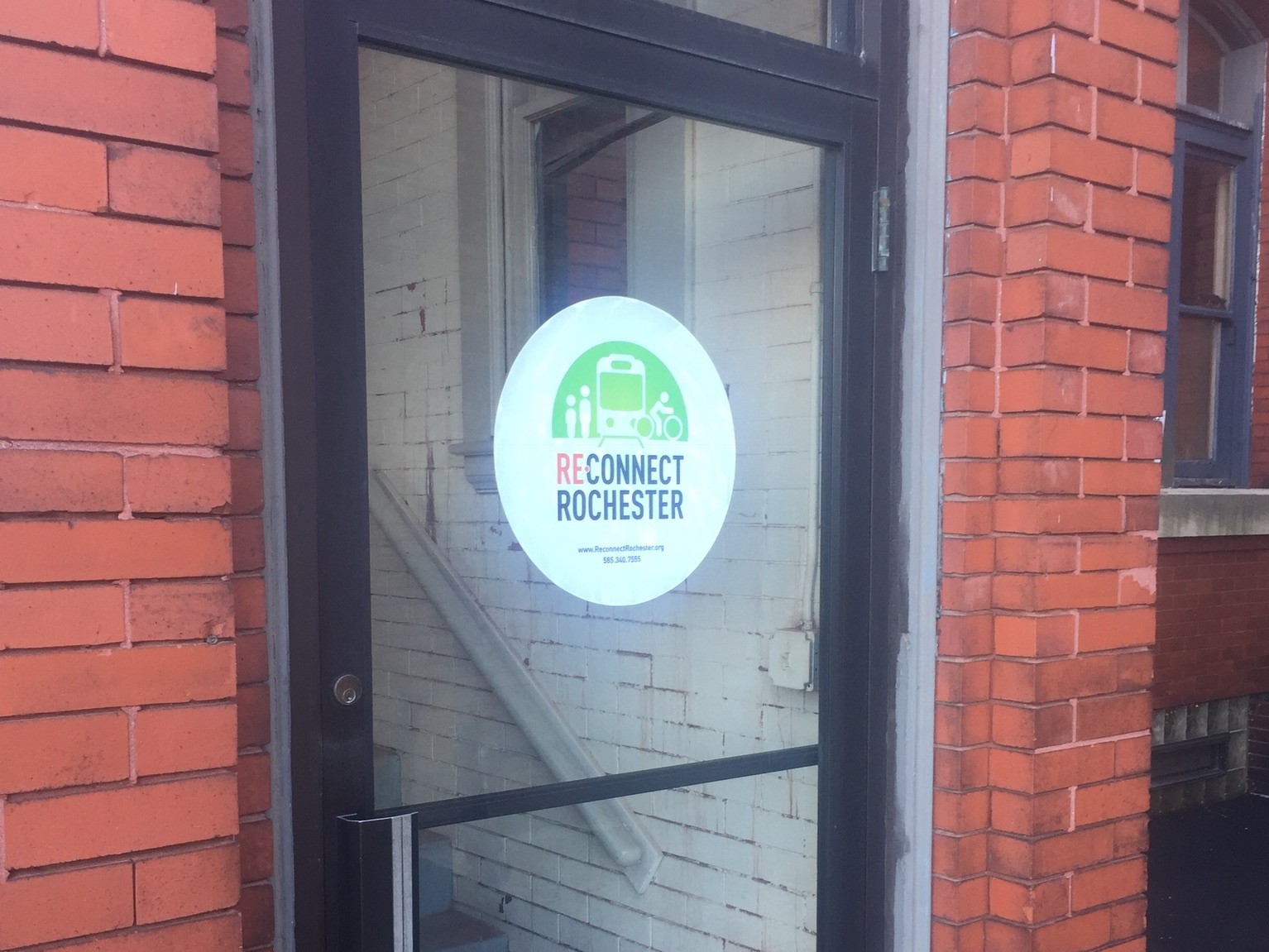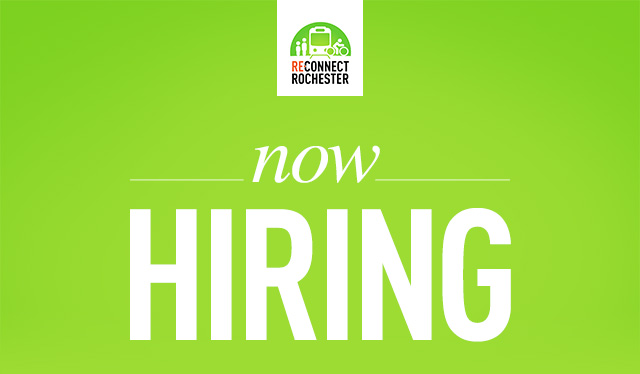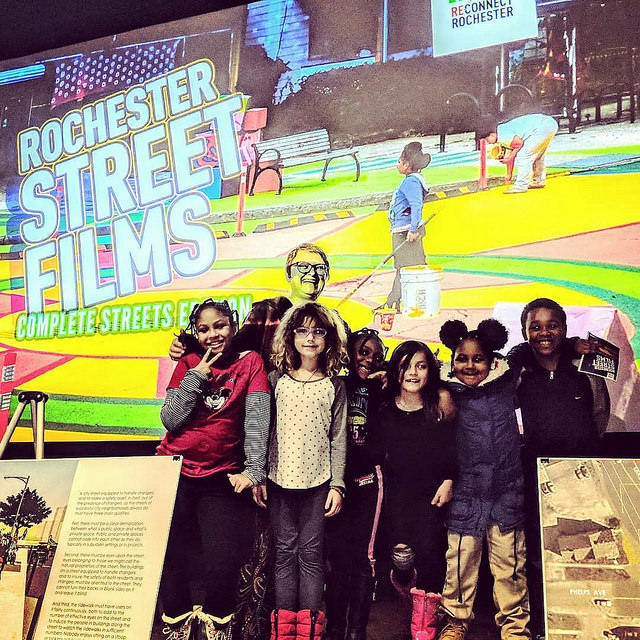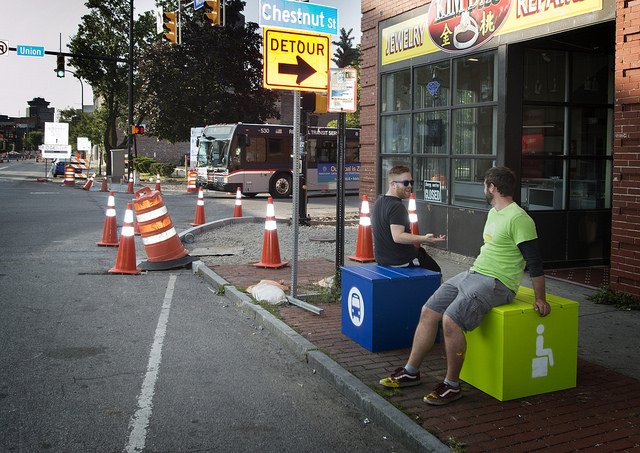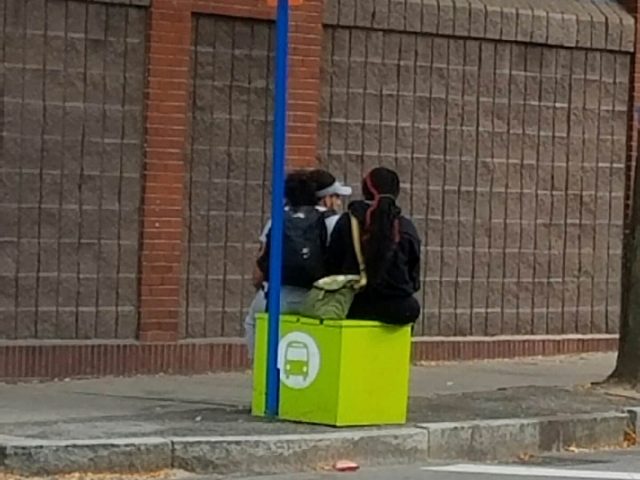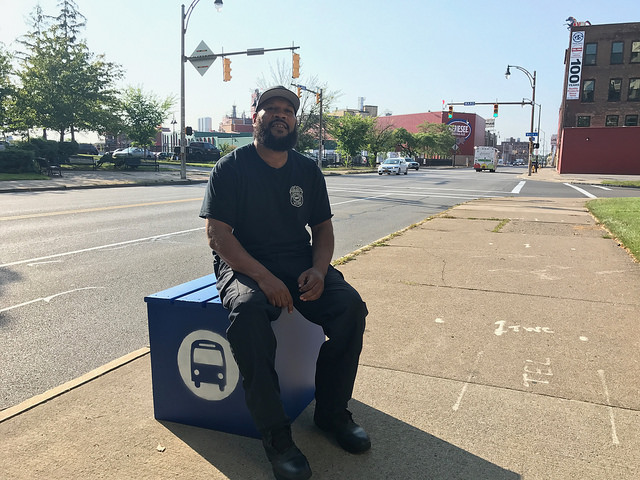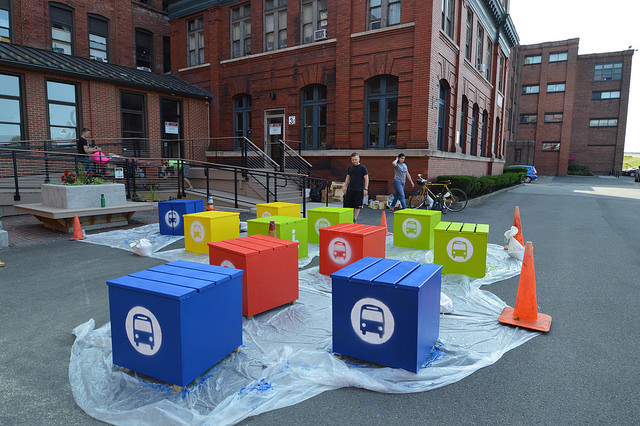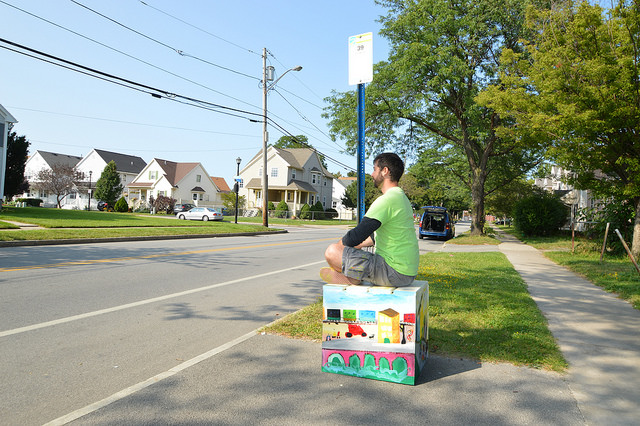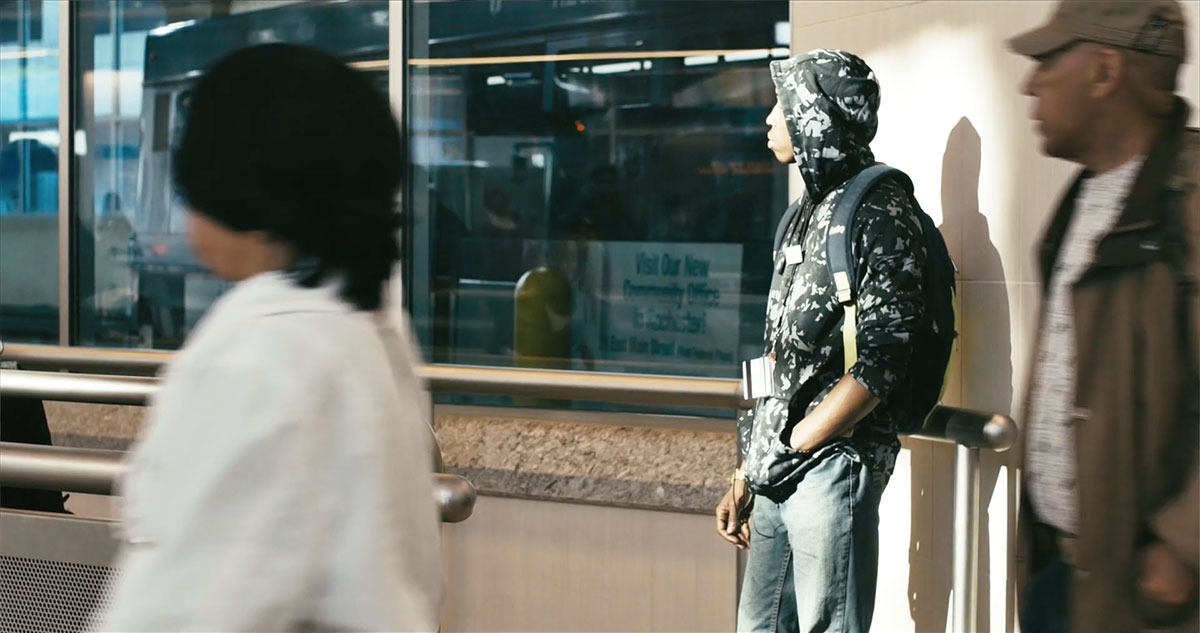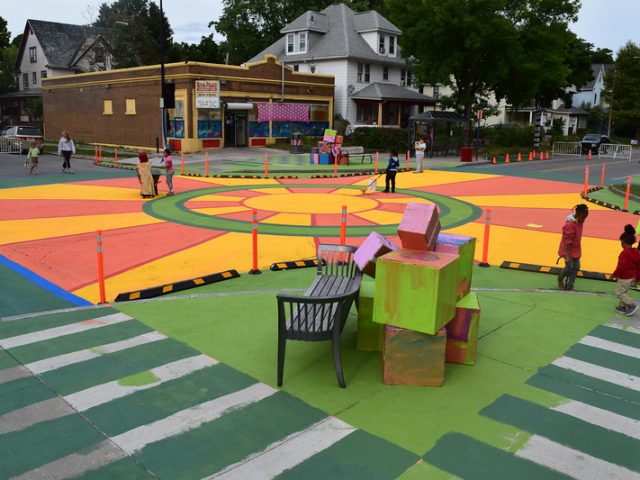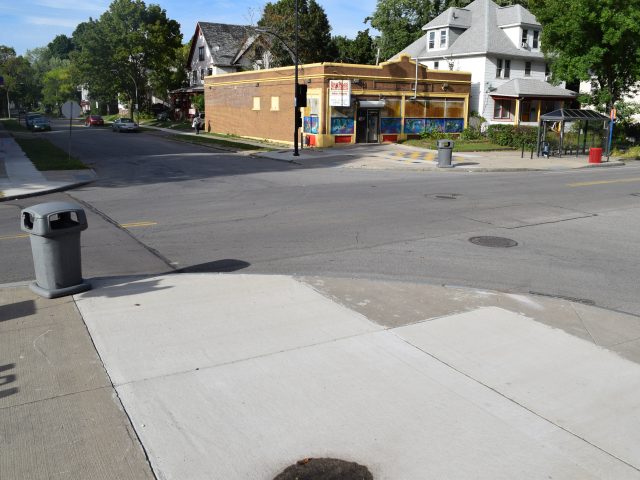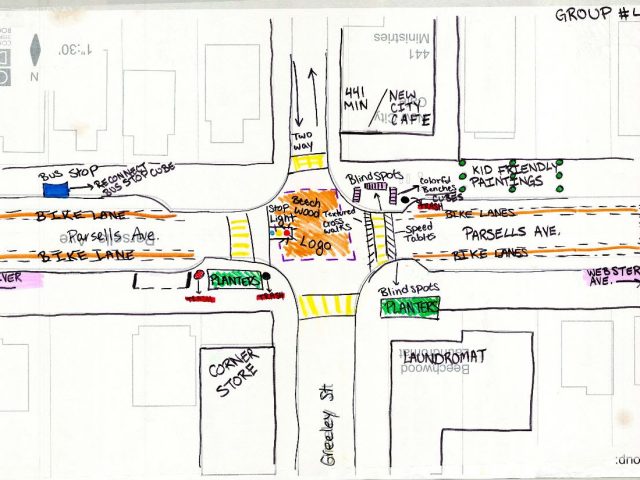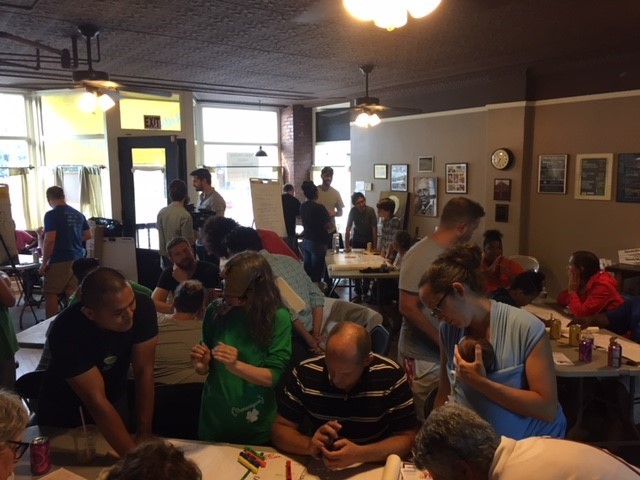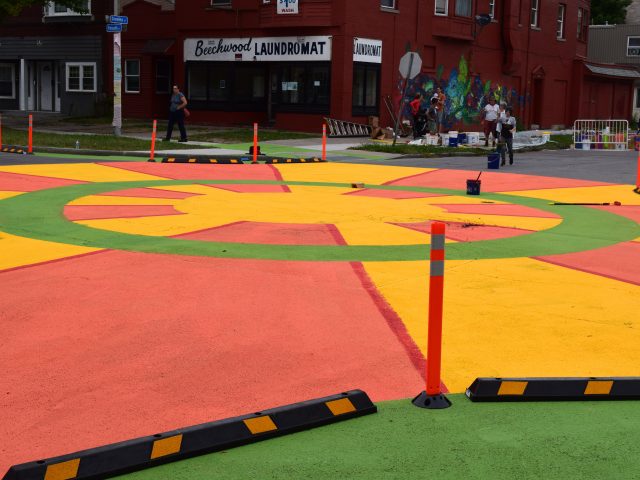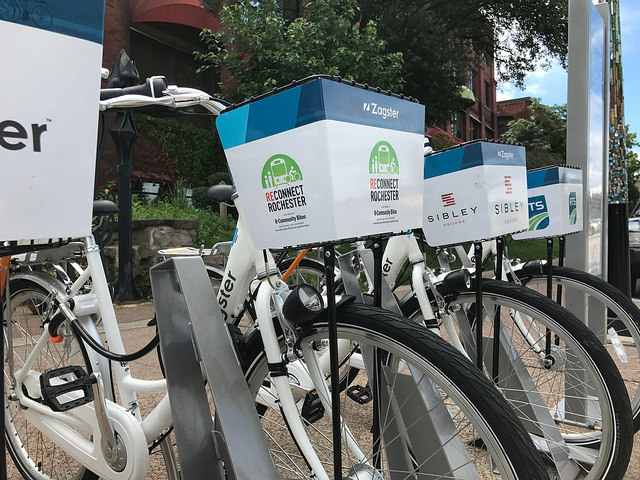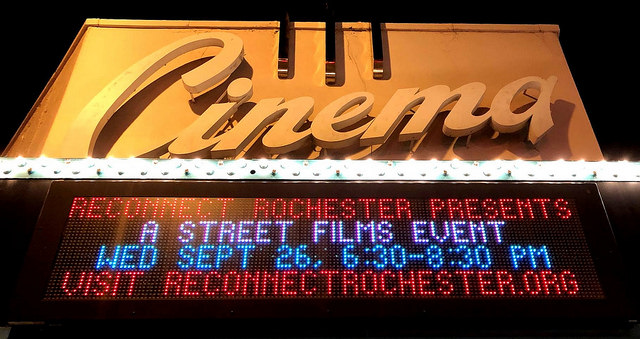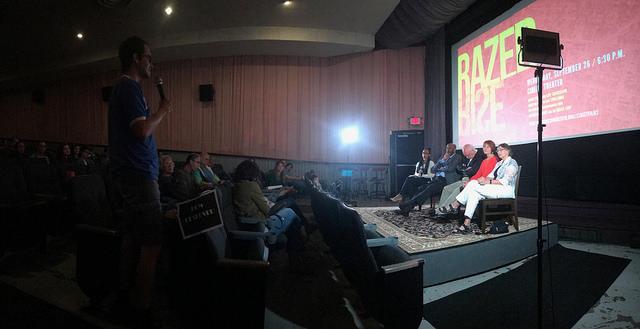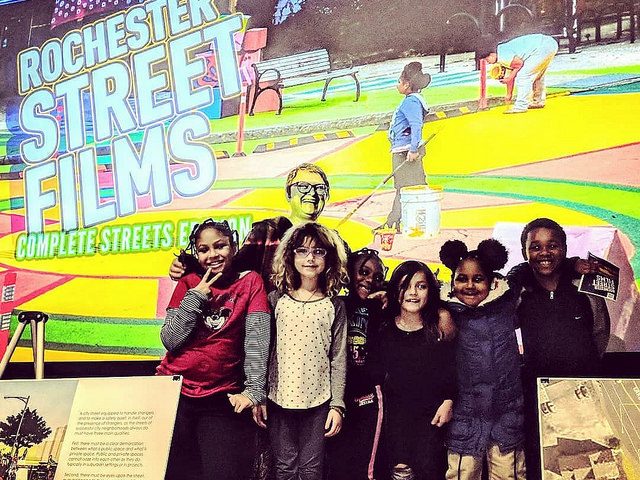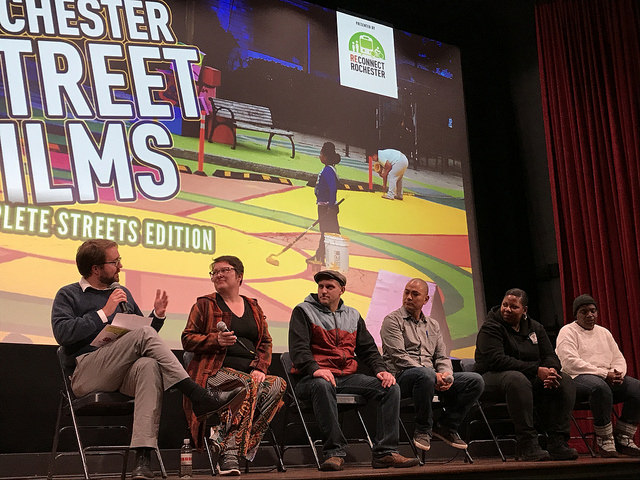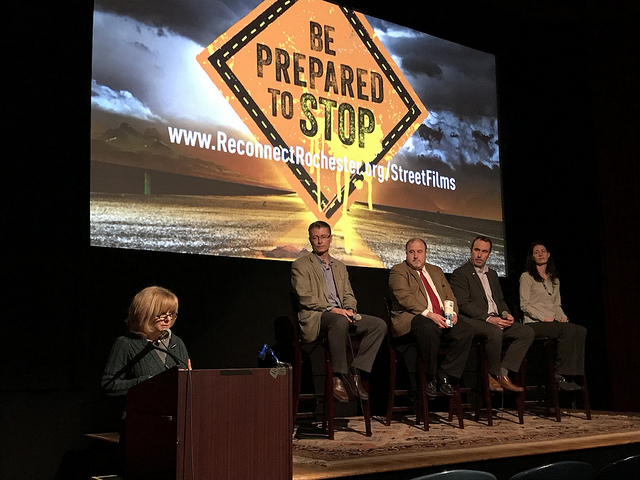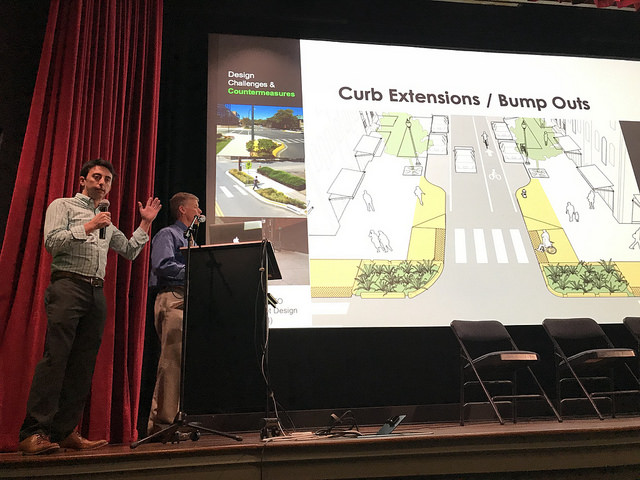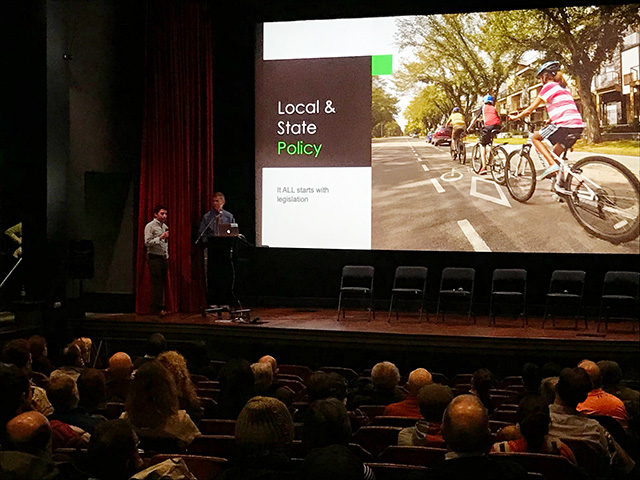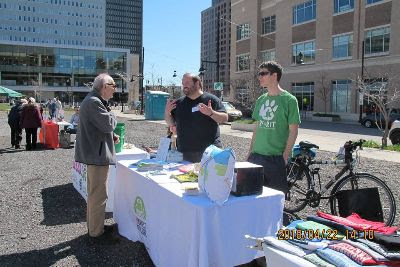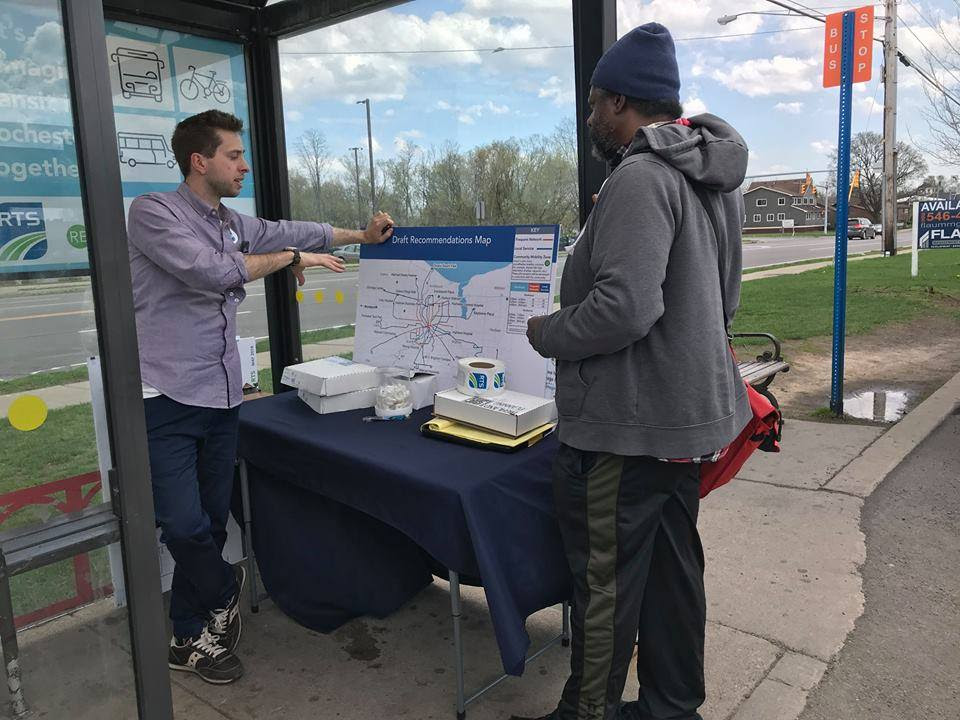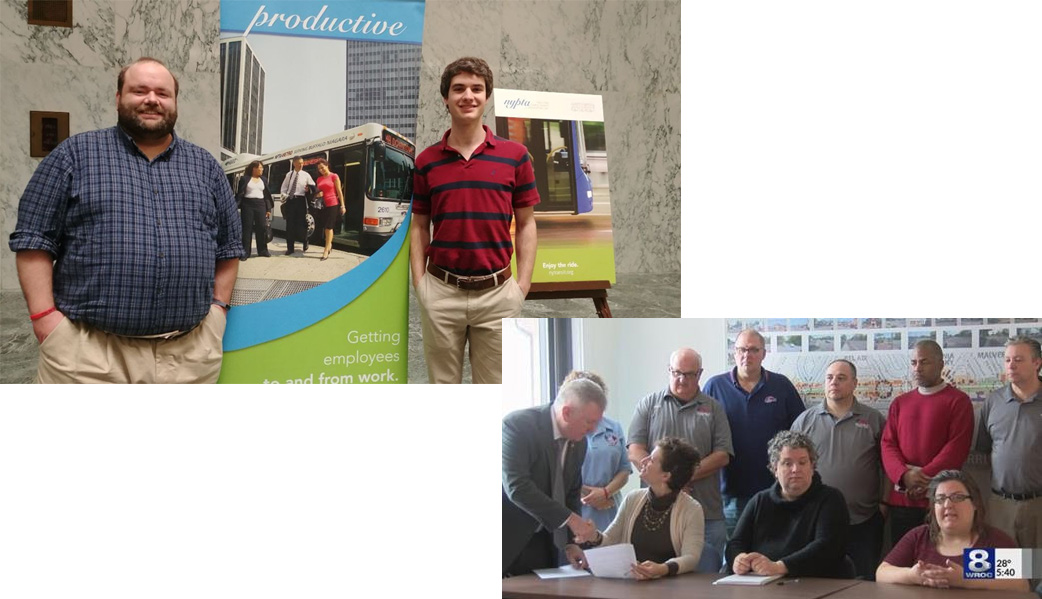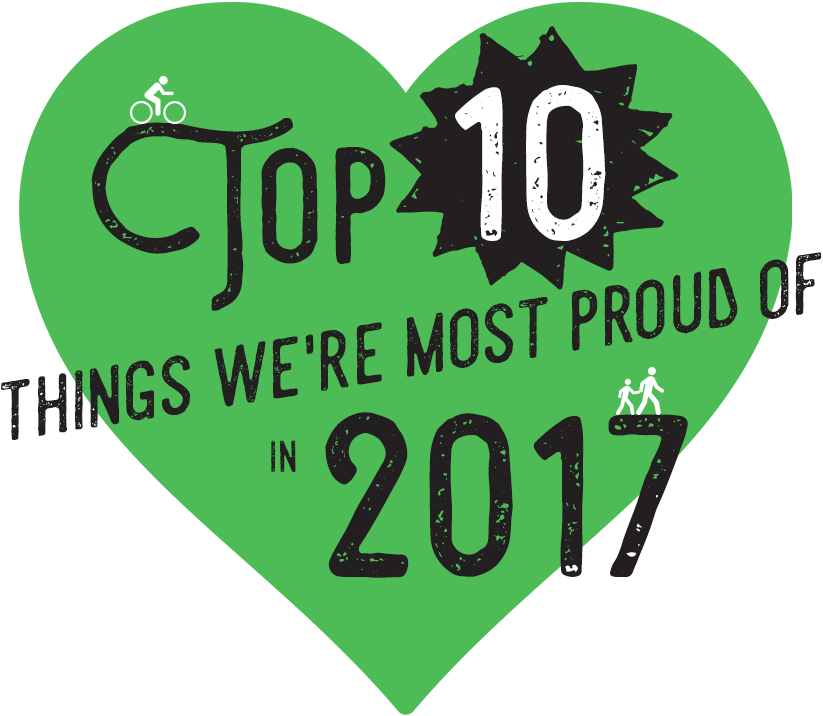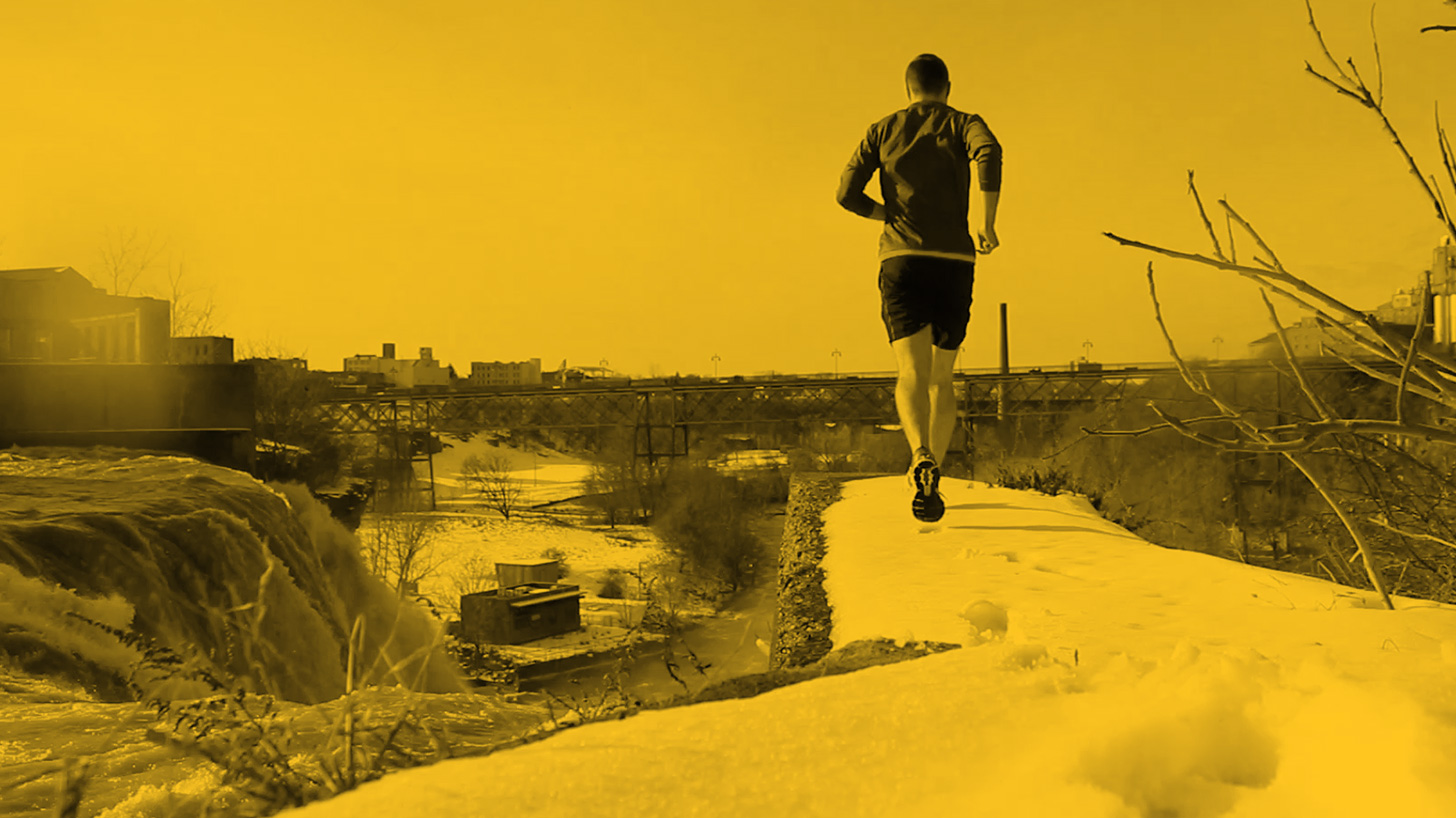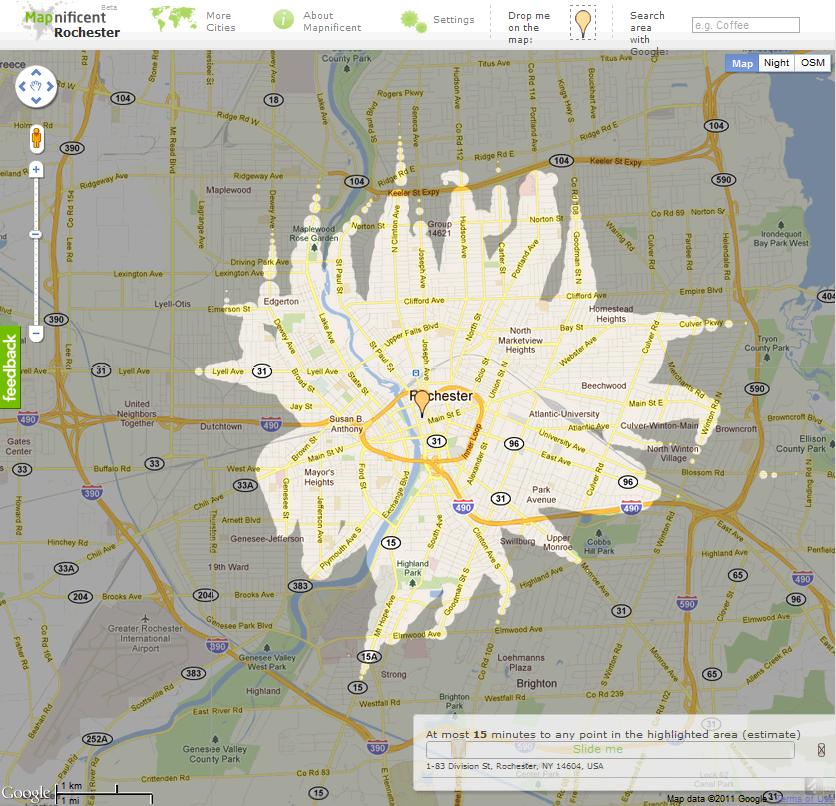By Jesse Peers, Cycling Manager at Reconnect Rochester
One of the things I love about Rochester is its size. Joseph Floreano said it well: “New York City was too big. Binghamton was too small. Rochester was just right.” Partly because of Rochester’s size, and partly because I’m very intentional about it, I have quite a small radius, or orbit, in everyday life. I rarely have to bike outside the space below. My workplace is 1.4 miles away. The stellar Public Market and Wegmans are less than 2 miles away. We’re 3 miles from our church and from downtown. This makes bicycling-as-transportation and being a one-car household quite easy.
Walk Score’s Time Travel Map shows how far out in every direction you
can bike in a given amount of time, in this case 20 minutes.
Now that I’m over 40 and I have some cardiac history in the family to guard against, I give increasing thought to my health. I changed my diet and lost almost 60 pounds in 2021. Now that I have an Apple Watch, I’m conscious of my exercise and how many calories I burn each day from being active. (The watch’s Move ring is pretty neat: “Closing” it comes in part from exercise, yes, but mostly from other activities such as going up and down stairs, folding laundry, taking the dog out, and in my case sometimes: by playing the drums!)
As convenient as my 1.4-mile commute is (I wouldn’t trade it for the world!), it’s only 7 minutes by bike each way at a moderate, easy pace. So I barely burn any calories and won’t close my Exercise and Move rings with 14 minutes of biking alone. Something else is required. For years I had a treadmill in the basement, and in 2021, I actually started using it – jogging most days for 30 minutes or so before dinner as I caught up on podcasts. If I attended or led a group bike ride on a particular evening, I could skip the treadmill, knowing I’d close my Move rings twice from my commutes, biking to the group ride, doing the ride itself, and biking home afterwards. As you can imagine, the treadmill in the Winter especially came in handy.
But this October, my old treadmill broke! So I started an experiment: walking to work rather than biking. I like it so much that I might continue it this Winter! Here’s why: If I previously had two 7-minutes-each-way bike commutes + 30 minutes of treadmill time, and walking to work is 22 minutes, my schedule really doesn’t change at all: that’s still 45 minutes a day of activity, no treadmill needed. I still have the same amount of time to devote to other stuff.
What was most interesting to me was how much more calories I burn from a 22-minute walk commute, compared with my 7-minute bike commute. Obviously it varies based on intensity and time of the year, but that 7-minute bike commute really only burns me 35 calories, if Strava can be trusted. That same commute by walking burns me about 145 calories. So the exercise ring closes everyday and as long as I do everyday stuff like laundry and take the dog for a walk, the Move ring closes as well.
I love winter bicycling. It’s easier and more fun than most people realize. But without a doubt, the worst part of biking in the winter is what the road salt can do to your bike. Keeping the corrosion at bay is a pain! If I walk to work this winter much of the time rather than biking, I lose no time, close my rings, alleviate the need for a treadmill, and save my bikes from that brutal road salt, therefore saving money on tune-ups.
Another perk of walking everyday: The cats of Beechwood! I could seriously start a #CatsofBeechwood montage of all the adorable cats I see wandering about. Sometimes they’ll show interest in me and let me pet them.
I’ve been car-free for 9.5 years now. My first few years of that lifestyle were composed of biking for virtually every trip. As I get older, I appreciate being able to rely on transit and walking some of the time. If you’re intrigued by the health benefits tied to walking, biking and ordinary activity, I highly recommend Peter Walker’s The Miracle Pill. It’s a stellar follow-up to his first book, How Cycling Can Save The World. Also check out this recent clip from NPR’s Up First, examining how important it is to get up and walk around every hour if you have a desk job.


